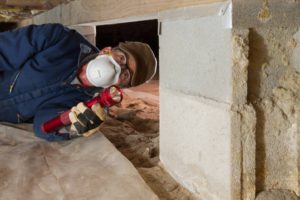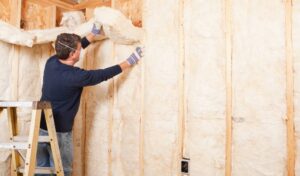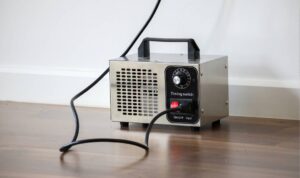Open crawl space vents, often overlooked, pose significant risks to the structural integrity and air quality of your home. Understanding these dangers and implementing effective solutions is crucial for maintaining a healthy living environment.
The Perils of Open Crawl Space Vents
Why Open Vents Are Problematic: The concept of open crawl space vents is rooted in traditional building practices, aimed at facilitating air circulation. However, this approach has proven counterproductive, leading to several issues:
Moisture and Humidity Control
Open vents allow external air to enter, disrupting the crawl space’s climate. This can lead to excessive moisture and humidity, creating an ideal breeding ground for mold and mildew, which pose health risks and can compromise structural materials.
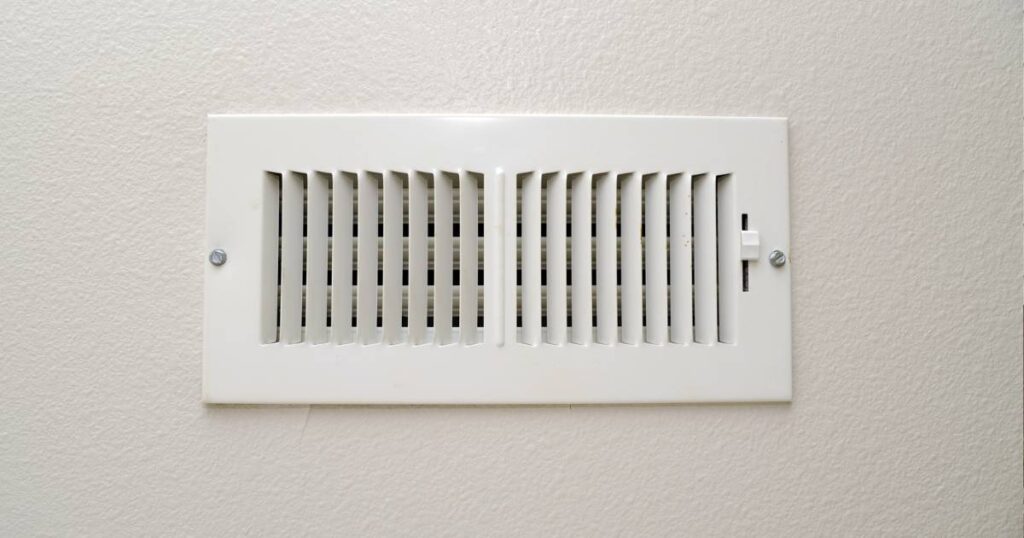
Unwanted Guests: Pests and Rodents
These vents also provide easy access for pests and rodents. Their presence can lead to infestations, causing damage and potentially spreading diseases.
Energy Efficiency Concerns
Open vents can lead to significant energy losses. They allow conditioned air to escape and unconditioned air to enter, forcing heating and cooling systems to work harder, thus increasing energy bills.
Recognizing Signs of Crawl Space Issues
Identifying problems early can prevent significant damage. Key indicators include:
- Increased indoor humidity levels
- Unusual odors or musty smells
- Visible mold growth
- Pest activity
- Higher than usual energy bills
Effective Solutions for Crawl Space Vents
The Role of Crawl Space Encapsulation: Encapsulation involves sealing the crawl space with a vapor barrier, effectively isolating it from external elements. This process controls moisture levels, improves air quality, and enhances energy efficiency.

Importance of Proper Insulation
Insulating the crawl space helps maintain consistent temperatures, further contributing to energy efficiency and preventing moisture-related issues.
Dehumidifiers: A Crucial Addition
In areas with high humidity, a dehumidifier in the crawl space can be essential. It helps maintain optimal humidity levels, preventing mold growth and wood rot.
Expert Intervention: When to Seek Professional Help
While some homeowners may attempt DIY solutions, professional assessment and intervention are often necessary for effective and long-lasting results. Experts can identify specific issues and recommend tailored solutions. Check our crawl space cleaning service.
Can I just cover my crawl space vents?
Covering vents might seem like a simple solution, but it’s often insufficient. Professional encapsulation and insulation are generally more effective.
Are vented crawl spaces ever a good idea?
In certain climates and specific situations, vented crawl spaces can work, but they often require careful management and regular maintenance.
How does encapsulation impact home value?
Encapsulation can increase home value by improving air quality, energy efficiency, and preventing structural damage.
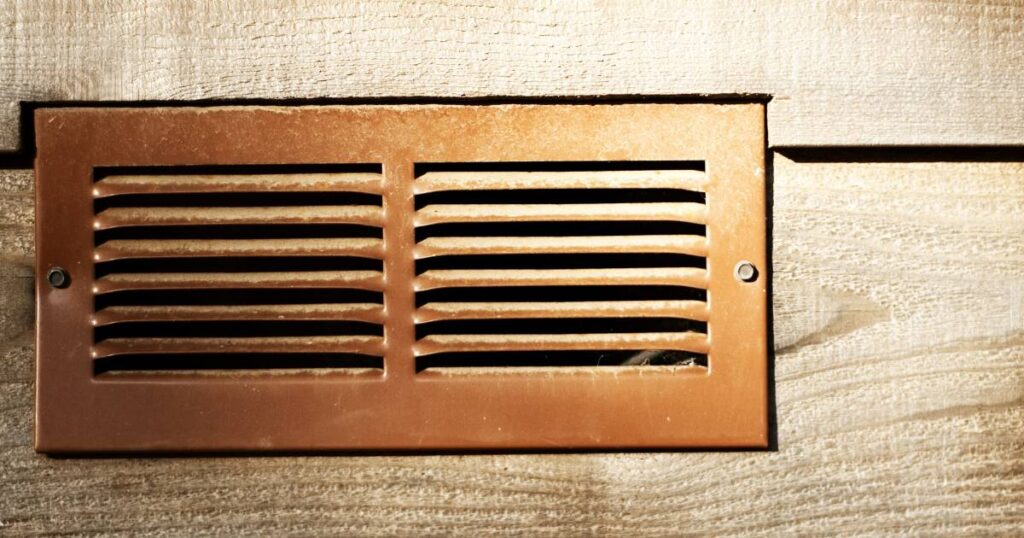
Can I encapsulate the crawl space myself?
While DIY encapsulation is possible, it’s a complex process that often benefits from professional expertise.
How often should I inspect my crawl space?
Regular inspections, at least annually, are recommended to identify and address any emerging issues promptly.
In conclusion, open crawl space vents, once a standard building practice, are now recognized as a source of multiple problems for homeowners. Addressing these issues through encapsulation, insulation, and professional guidance is essential for maintaining a healthy, efficient, and safe home environment.

